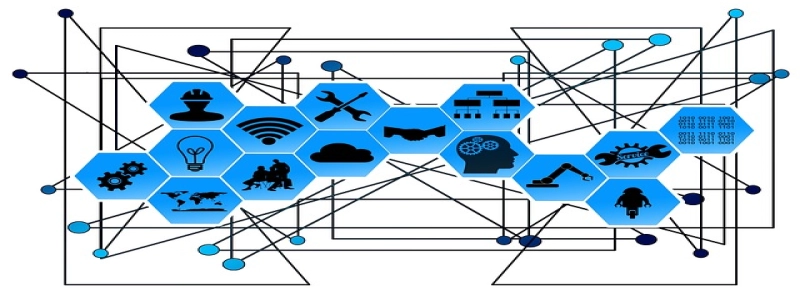Fiber Single Mode vs Multimode
Introduction:
Fiber optic cables are widely used in telecommunications and data transmission due to their ability to transmit data over long distances and high bandwidth capabilities. When it comes to fiber optic cables, two main types are commonly used – single mode and multimode. In this article, we will explore the differences between these two types and their respective applications.
I. Definition:
1. Single Mode Fiber:
Single mode fiber is a type of optical fiber that allows only one mode of light to propagate through it. The core diameter of single mode fiber is smaller compared to multimode, typically around 9 microns. This type of fiber is designed to carry higher bandwidth over longer distances.
2. Multimode Fiber:
Multimode fiber, as the name suggests, allows multiple modes of light to propagate through it. It has a larger core diameter, usually around 50 or 62.5 microns. Multimode fiber is best suited for shorter distances and lower bandwidth applications.
II. Characteristics:
1. Bandwidth and Data Capacity:
Due to its smaller core diameter, single mode fiber has a higher bandwidth capacity than multimode fiber. It can transmit data over longer distances without experiencing significant signal loss. Single mode fiber can support data rates ranging from 10Gbps up to 100Gbps and beyond.
Multimode fiber, on the other hand, has a lower bandwidth capacity and is generally limited to shorter distances. It is commonly used in LAN (Local Area Network) applications where the distance between network devices is relatively small, typically within a building or campus.
2. Mode Dispersion:
Single mode fiber has an advantage over multimode fiber when it comes to mode dispersion. Mode dispersion is the distortion that occurs when different light modes arrive at the receiver at different times. Single mode fiber has a much lower mode dispersion compared to multimode fiber, making it ideal for high-speed and long-distance transmission.
Multimode fiber, due to its larger core diameter, suffers from more significant mode dispersion. This can limit its performance in high-speed data transmission applications.
III. Applications:
1. Single Mode Fiber Applications:
– Long-distance data transmission: Single mode fiber is commonly used in long-haul telecommunications networks, connecting cities or even countries.
– High-speed data transmission: Due to its higher bandwidth capacity, single mode fiber is used in applications that require high-speed data transmission, such as data centers and high-performance computing.
2. Multimode Fiber Applications:
– LAN (Local Area Network): Multimode fiber is widely used in LAN applications, connecting computers, switches, and other network devices within a building or campus.
– Short-distance data transmission: Multimode fiber is suitable for applications where the distance between network devices is relatively short, such as within a single room or floor.
Conclusion:
In summary, the choice between single mode and multimode fiber depends on the specific requirements of the application. Single mode fiber is best suited for long-distance and high-bandwidth applications, while multimode fiber is suitable for shorter distances and lower bandwidth requirements. Understanding the differences between these two types of fiber will help in making an informed decision when it comes to selecting the most appropriate fiber optic cable for a specific application.






